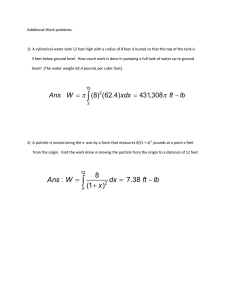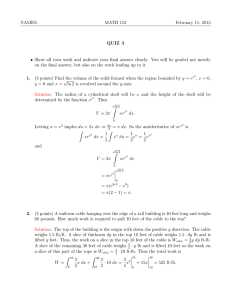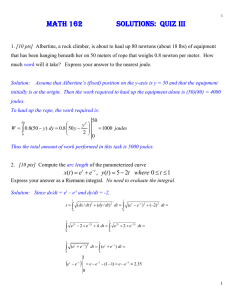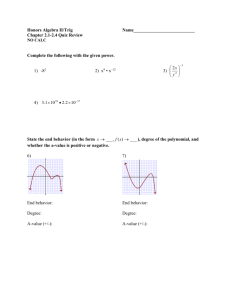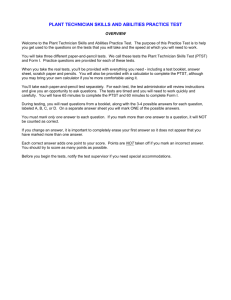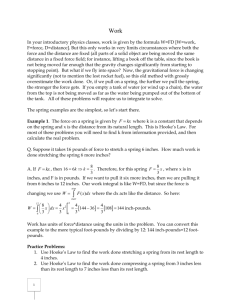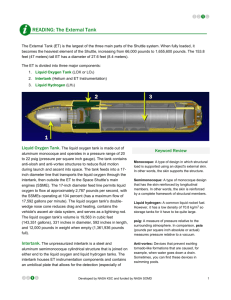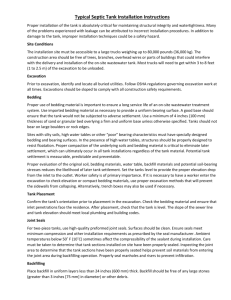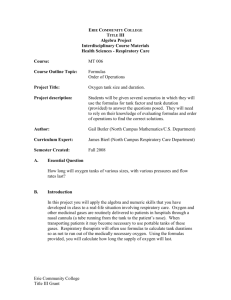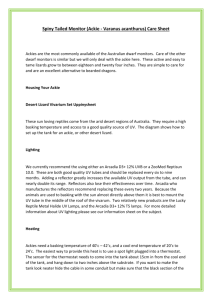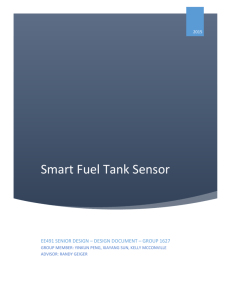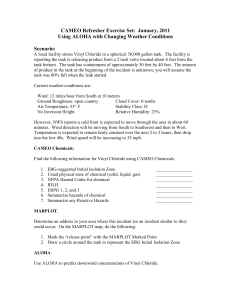Section 7.5
advertisement
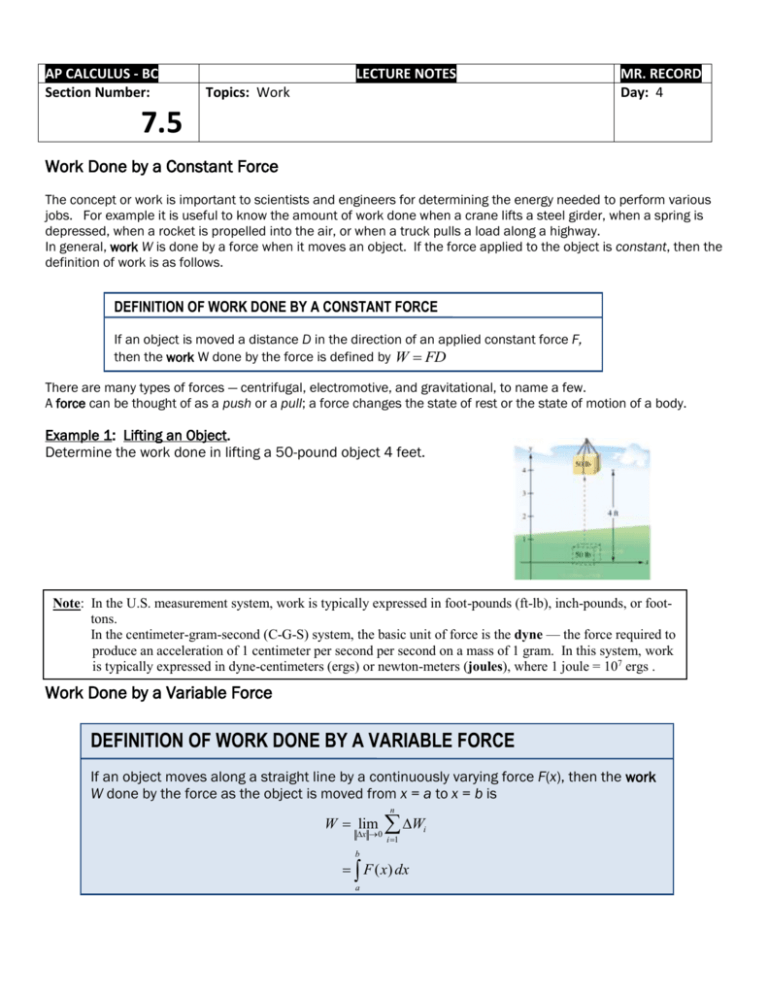
AP CALCULUS - BC BC Section Number: LECTURE NOTES Topics: Work MR. RECORD Day: 4 7.5 Work Done by a Constant Force The concept or work is important to scientists and engineers for determining the energy needed to perform various jobs. For example it is useful to know the amount of work done when a crane lifts a steel girder, when a spring is depressed, when a rocket is propelled into the air, or when a truck pulls a load along a highway. In general, work W is done by a force when it moves an object. If the force applied to the object is constant, then the definition of work is as follows. DEFINITION OF WORK DONE BY A CONSTANT FORCE If an object is moved a distance D in the direction of an applied constant force F, then the work W done by the force is defined by W FD There are many types of forces — centrifugal, electromotive, and gravitational, to name a few. A force can be thought of as a push or a pull; a force changes the state of rest or the state of motion of a body. Example 1: Lifting an Object. Determine the work done in lifting a 50-pound object 4 feet. Note: In the U.S. measurement system, work is typically expressed in foot-pounds (ft-lb), inch-pounds, or foottons. In the centimeter-gram-second (C-G-S) system, the basic unit of force is the dyne — the force required to produce an acceleration of 1 centimeter per second per second on a mass of 1 gram. In this system, work is typically expressed in dyne-centimeters (ergs) or newton-meters (joules), where 1 joule = 107 ergs . Work Done by a Variable Force DEFINITION OF WORK DONE BY A VARIABLE FORCE If an object moves along a straight line by a continuously varying force F(x), then the work W done by the force as the object is moved from x = a to x = b is W lim x 0 b n W i 1 F ( x) dx a i The following three formulas represent three well-known physical laws. 1. Hooke’s Law (Robert Hooke 1635-1703) The force F required to compress or stretch a spring (within its elastic limits) is proportional to the distance d that the spring is compressed or stretched from its original length. That is, F kd 2. Newton’s Law of Universal Gravitation (Isaac Newton 1642-1727) The weight of (or force upon) a body varies inversely as the square of its distance from the center of the earth. C F 2 x Note: The radius of the earth is approximate 6400km or very near 4000 miles. 3. Coulomb’s Law (Charles Coulomb 1736-1806) The force F between two charges q1 and q2 in a vacuum is proportional to the product of the the charges and inversely proportional to the square of the distance d between the two charges. That is, qq F k 1 22 d If q1 and q2 are given in electrostatic units and d in centimeters, F will be in dynes for a value of k = 1. Example 2: Compressing a Spring. A force of 750 pounds compresses a spring 3 inches from its natural length of 15 inches. Find the work done in compressing the spring an additional 3 inches. Example 3: Moving a Space Module into Orbit. A space module weighs 15 metric tons on the surface of Earth. How much work is done in propelling the module to a height of 800 miles above Earth, as shown in the figure? (Use 4000 miles as the radius of Earth. Do not consider the effect of air resistance or the weight of the propellant.) The solutions to Examples 2 and 3 conform to the notion that work is the summation of increments in the form W (force)(distance increment) ( F )(x) Another way to formulate the increment of work is W (force increment)(distance) (F )( x) AP CALCULUS - BC BC Section Number: LECTURE NOTES Topics: Work MR. RECORD Day: 5 7.5 Example 4: Emptying a Rectangular Tank of Water. A rectangular tank with a base 6 feet by 4 feet and a height of 4 feet is full of water. The water weighs 62.4 pounds per cubic foot. How much work is done in pumping water over the top edge in order to empty all of the tank? How about half of the tank? a) If you “slice” the water horizontally, what will be the volume of the slice? b) If the slice is located y feet from the bottom of the tank, how far will the slice need to be moved up to the top? c) So what is the integral that represents the work done in moving the water over the top? d) Find the work done to empty the whole tank. f) Why isn’t the answer to part d) not twice that of part e)? e) Find the work done to empty half the tank. Example 5: Emptying a Spherical Tank of Oil. A spherical tank of radius 8 feet is half full of oil that weighs 50 pounds per cubic foot. Find the work required to pump oil through a hole in the top of the tank. Example 6: Lifting a Chain. A 20-foot chain weighing 100 pounds is lying coiled on the ground. How much work is required to raise one end of the chain to a height of 20 feet so that it is fully extended as shown in the figure. How much work is required to raise the chain so that the bottom is 5 feet above the ground? Example 7: Work Done by an Expanding Gas. A quantity of gas with an initial volume of 1 cubic foot and a pressure of 500 pounds per square foot expands to a volume of 2 cubic feet. Find the work done by the gas. (Assume that the pressure is inversely proportional to the volume.)
